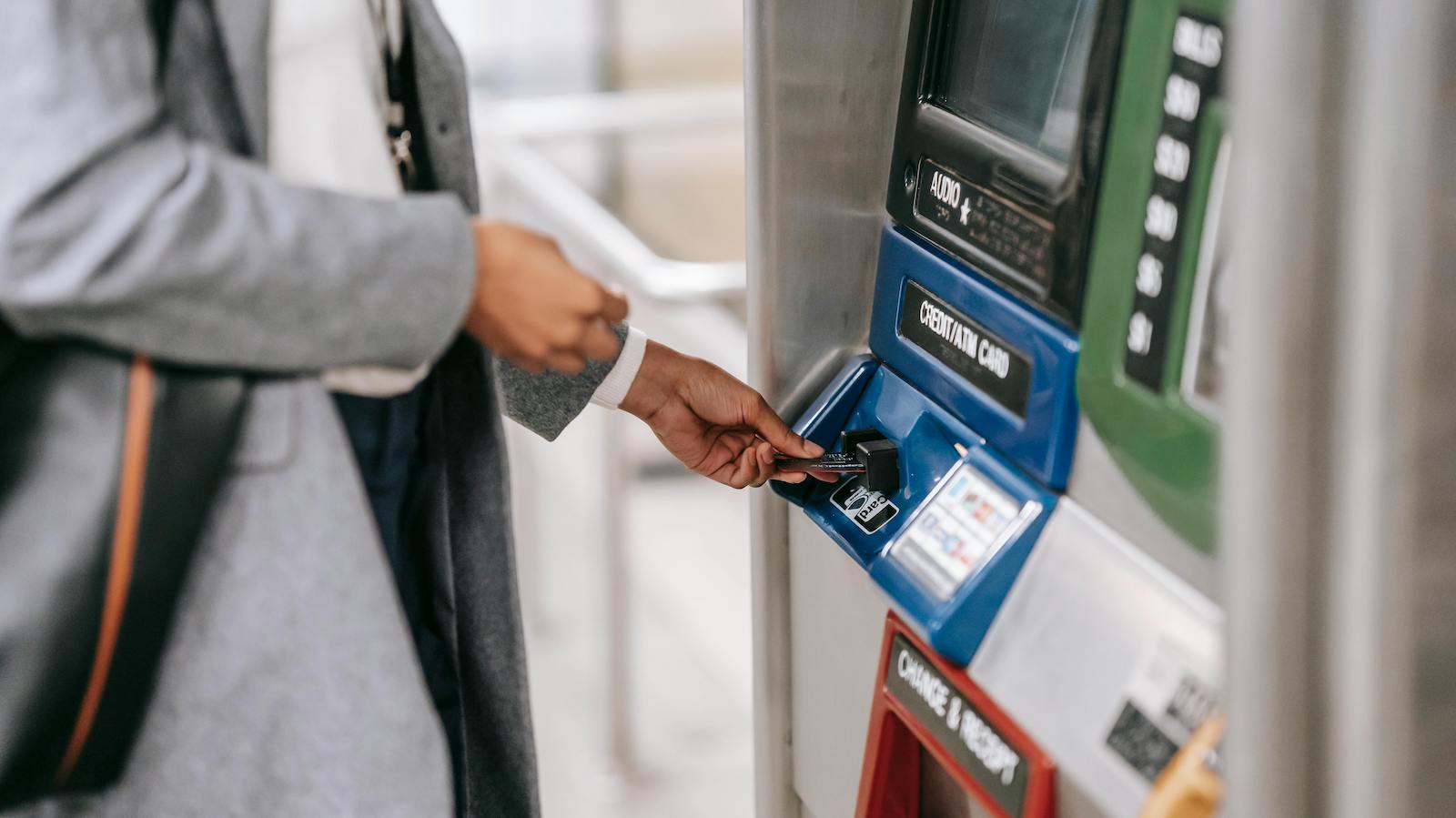In the insurance industry, premium payments are the most frequent interaction that carriers have with their policyholders, and claims payments are the most sensitive. Carriers that are focused on enhancing the customer experience need to prioritize these important interactions.
In today’s digital environment, highly streamlined weekly—or even daily—electronic transactions are normalized thanks to digital giants like Amazon, Alphabet and Apple. In the insurance industry, by contrast, InvoiceCloud’s annual State of Online Payments report reveals that 60% of respondents who were surveyed regularly encounter issues when receiving bills or making payments. For insurers, this statistic could mean disaster. Aware of the stakes (namely, losing policyholders), insurance executives are becoming increasingly vigilant about digital transformation, especially for the payment experience.
With so much attention focused on meeting customer expectations, why do these transactions so often go awry? And what can insurance companies do to enhance the policyholder experience at these critical moments?
See also: Revolutionizing Digital Payments
Streamline consumer transactions
Customers today, across all verticals, expect simple, secure and convenient digital interactions – and their intolerance for unintuitive online experiences could mean higher abandonment rates and more.
According to the State of Online Payments report, 23% of respondents cite forgetting their username and password as the top issue they face when attempting to pay a bill online. This creates customer dissatisfaction, late payments and low digital adoption. Offering self-service capabilities like password reset or the ability to easily change banking information and payment methods is critical for overcoming this roadblock. Easy enrollment in AutoPay can also eliminate this issue entirely, allowing policyholders to “set it and forget it” for monthly premiums.
Additionally, offering a simple guest checkout option enables policyholders to forego registering for an account or remembering login information. Guest checkout allows insureds to make payments without logging in, allowing insurance companies to remove friction from the process, promote a positive customer experience and increase timely payments.
Making it easier for policyholders to adopt self-service options streamlines the payment experience, reduces costs and bolsters customer satisfaction. Research from McKinsey found that 62% of policyholders prefer digital self-service options, and yet the State of Online Payments report found that self-service adoption has become relatively stagnant, experiencing YoY growth in the low single digits. One possible explanation for the discrepancy is that finding and enrolling in self-service routes is prohibitively complicated for consumers. By making self-service options easy to find and opt into, insurers can drive higher adoption and better accommodate customer preferences.
Facilitate communication with mobile bill payers
Mobile devices are now the most common channel for making digital bill payments, with 65% of respondents to the State of Online Payments survey reporting they have used their phone to pay a bill within the past 12 months—more than any other method. Yet respondents crave more robust, interactive communications through their mobile interactions.
Interactive reminders and payment confirmations are a critical part of facilitating timely payments and meeting customer preferences. However, 17% of survey respondents reported not receiving useful reminders, and 11% did not get confirmation of payment. Lack of basic communication undermines policyholder trust and increases confusion and frustration when premiums are due, which results in late payments and customer dissatisfaction.
Respondents also reported that when they did receive reminders, they were at times unclear or lacking necessary context such as the amount due or due dates. Offering simple, interactive communication with clear, accurate information optimizes mobile usage and allows policyholders to engage the way they prefer.
See also: Enhancing Claims Via Digital Payouts
Cater to all policyholder preferences
While the vast majority of respondents to the State of Online Payments survey indicated that they prefer digital engagement both in paying premiums and receiving claims payments, there are still other payment options preferred. As such, carriers should understand their customer demographics and offer options that appeal to various preferences. In addition, policyholders often use multiple methods for payment and disbursement (i.e., paying one month by automated phone system and the next on mobile). Therefore, offering a true omni-channel experience with real-time, integrated payments methods is key to meeting customer expectations.
When it comes to receiving claim payments, data from the State of Online Payments report reveals that among respondents who typically pay bills online, the vast majority (73%) prefer a direct deposit into their bank account. Furthermore, 14% of respondents would prefer to receive payments as a paper check, 8% prefer a payment through PayPal or Venmo and 5% prefer to receive a pre-paid card. Clearly, offering digital disbursement options is non-negotiable for carriers. However, it’s important to note that some respondents (i.e., older policyholders) are more likely to prefer analog payment methods. Offering multiple, integrated options allows carriers to respond to the diverse preferences of their customers.
It doesn’t matter how many new tools or payment options an insurer offers its policyholders – if the solution is not simple, convenient and personalized, policyholders will not use the system. Low digital adoption means that policyholders, agents and carriers won't realize the downstream benefits of an enhanced customer experience, like expense reduction and streamlined processes.
In insurance, the experience of making premium payments and receiving claims is the customer experience. Understanding and addressing your policyholder preferences and providing convenient digital options is critical in driving customer satisfaction, policy retention and profitability. Embracing digital transformation at these critical touchpoints is the best way for carriers to compete effectively in this tech-forward environment.








